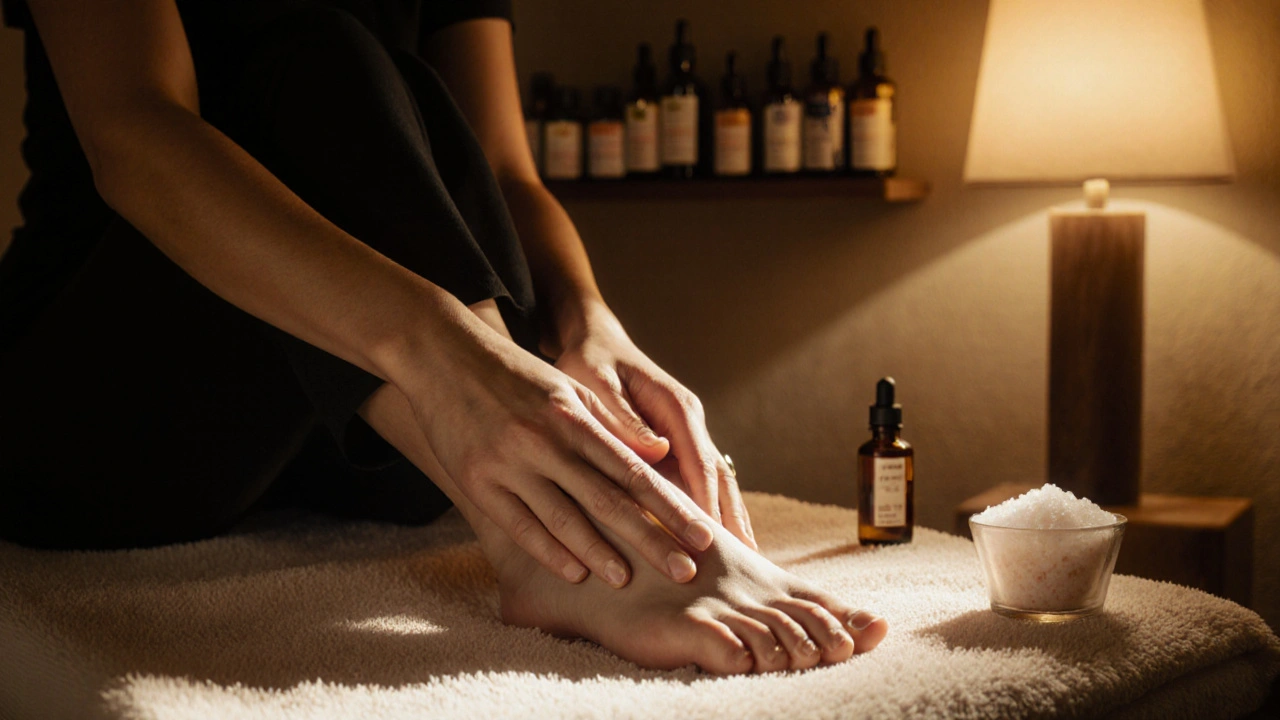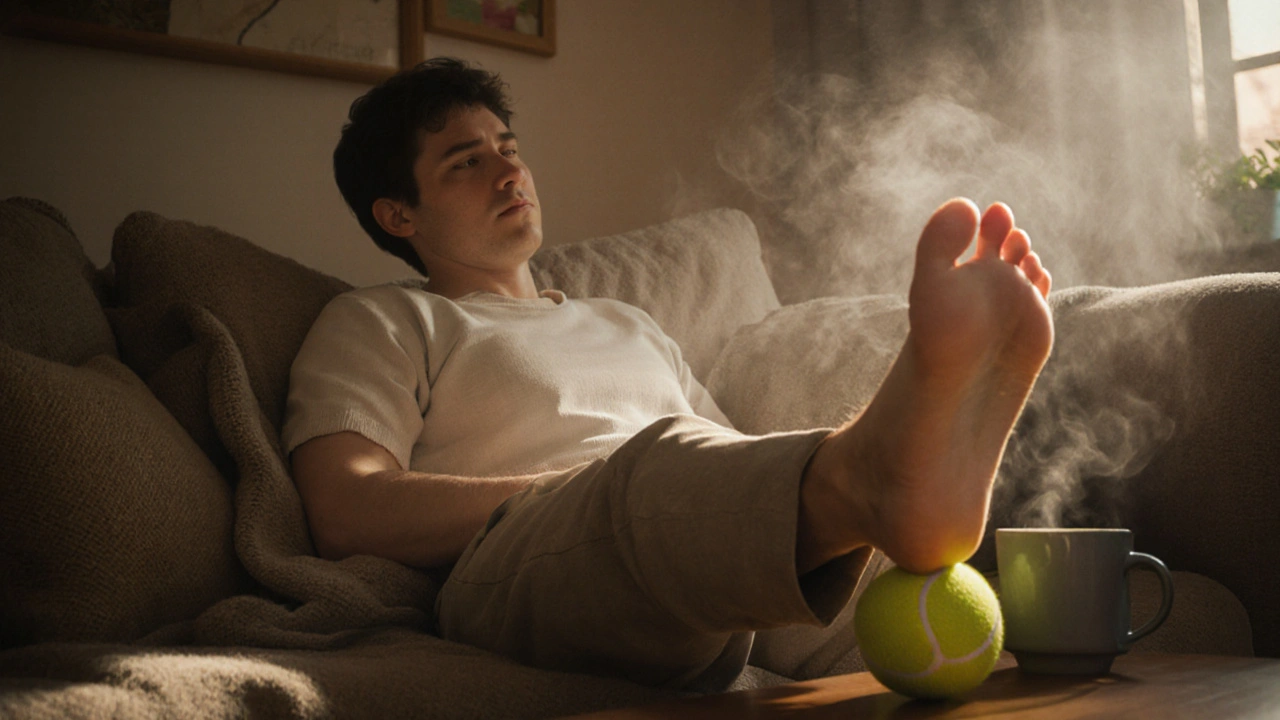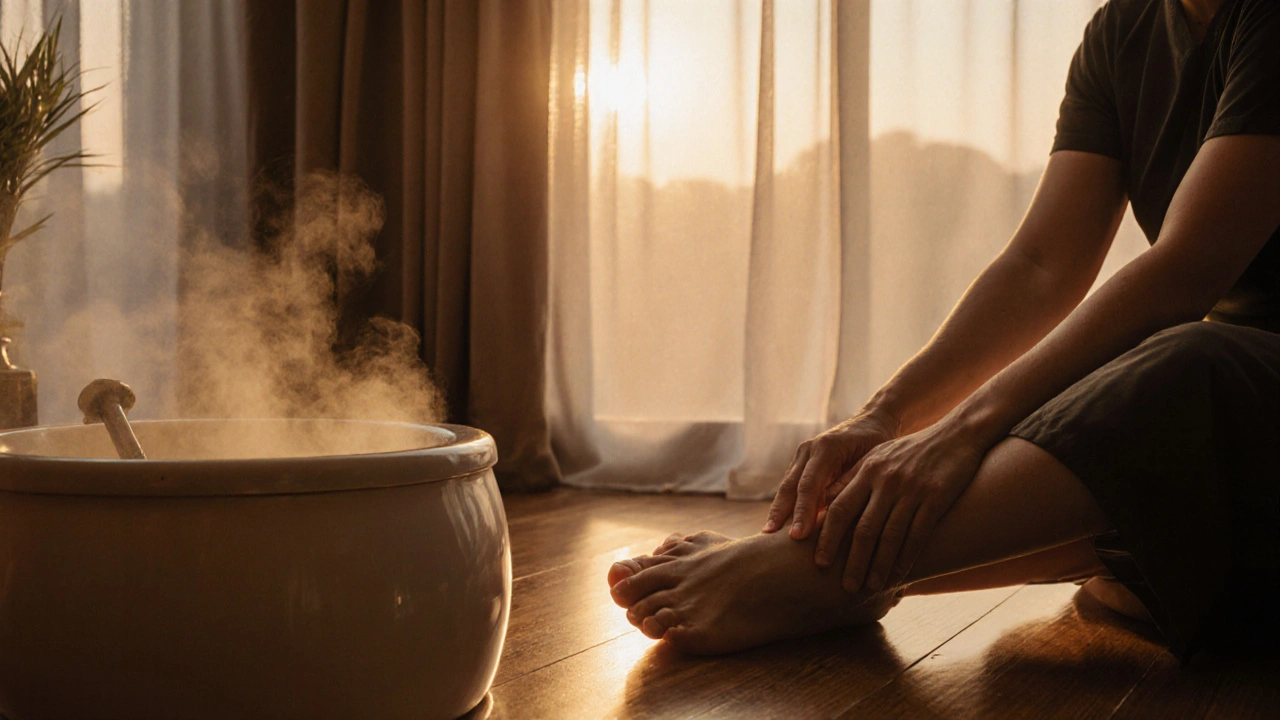Foot massage is a powerful, science-backed way to reduce stress, improve sleep, and relieve pain. Discover why it's the ultimate relaxation tool and how to get the most out of it in London.
Foot Reflexology – Easy Steps for Better Health
Ever wonder why a simple foot rub can leave you feeling refreshed? That’s foot reflexology at work. It’s a gentle technique that presses specific points on your feet, which correspond to organs and systems in your body. The idea is simple: stimulate those spots and you send a wave of calm and balance through the rest of you.
Most people think you need a fancy spa to get the benefits, but that’s not true. A few minutes a day, or a regular visit to a qualified therapist in London, can lower stress, boost circulation, and even help with digestion. The key is consistency and knowing which points to target.
What Happens During a Foot Reflexology Session
When you book a session, the therapist will first ask about any health issues you have – they need to avoid pressure on sensitive areas. Then you’ll sit comfortably while they examine your feet, looking for tension or discoloration. Using thumb and finger pressure, they’ll work along the foot’s map, which mirrors everything from your lungs to your spine.
A typical session lasts 30 to 60 minutes. You might feel a slight pulling or a warm sensation, but it shouldn’t be painful. Afterward, many clients report a deep sense of relaxation, clearer thoughts, and even better sleep. If you’re new, ask the therapist to explain each point they’re working on; it helps you understand how the body connects.
DIY Foot Reflexology: Simple Techniques You Can Try
Want to try it yourself? Start with clean, warm feet – a quick soak in warm water does the trick. Sit in a chair where your feet rest flat on the floor. Locate the arch; the middle part corresponds to the digestive system. Press gently with your thumb, moving from heel to ball, and hold each spot for 5‑10 seconds.
Next, work on the toes. The big toe represents the head and neck, while the pinky toe links to the sinus area. Lightly massage each toe, pulling them back and forth. Finish with the heel, which mirrors the lower back and pelvis. A quick 10‑minute routine can be a great daily habit, especially after a long day in the city.
If you’re unsure about the points, there are plenty of printable foot maps online (just search ‘foot reflexology chart’). Keep the pressure moderate – you want a soothing pull, not a bruise. And remember, reflexology complements, not replaces, medical treatment.
Choosing the right therapist in London is easier than you think. Look for certifications from reputable schools, read a few reviews, and ask about hygiene practices. A good therapist will tailor the session to your needs, whether you’re dealing with chronic back pain or just want to unwind.
In short, foot reflexology is a low‑cost, low‑risk way to boost your wellbeing. Whether you book a professional session or practice at home, the simple act of pressing your feet can send a ripple of positive effects through your whole body. Give it a try – your feet (and the rest of you) will thank you.
Foot massage is a simple, science-backed way to reduce stress, improve sleep, and ease chronic pain. Discover how targeting just your feet can reset your entire nervous system and bring calm to your busy life.
Discover how reflexology enhances body massage by targeting nerve zones linked to organs and systems, reducing stress, and improving relaxation. Learn how it works, who benefits most, and where to find it in London.
Foot massage can be a game changer for your well-being, going way beyond simple relaxation. This article explains how regular foot massage helps with stress, sleep, pain relief, and even your mood. You'll learn about the different styles of foot massage, how to pick the right place to go, what to expect during a session, and easy ways to stay safe. It's packed with practical tips, honest advice, and real-life examples to make better choices for your health.




